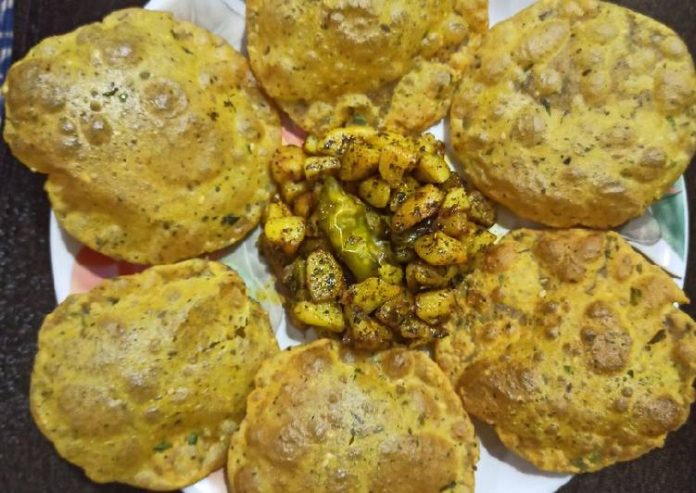Jain Annapurna Shudh Satvik Rasoi in Delhi dwelling delivers recent meals with minimal processes and spices.
One of one of the best potato curries I’ve ever eaten was at a Jain family, a long time in the past. The potatoes had been smooth however not mushy and had soaked within the flavours of the gravy.
I later requested what the masalas had been, assuming that there can be an extended record. Nothing however hing (asafoetida) and cumin seeds, I used to be informed.
Since then, I’ve been a fan of Jain meals, cooked with out onions and garlic, and normally with simply two or three spices.
Last week, caught at dwelling and considering wistfully in regards to the subsequent meal, I used to be struck by a yen for satvik meals. I did some analysis and located a restaurant referred to as Jain Annapurna Shudh Satvik Rasoi in Ramprasth Colony, simply throughout the border from Vivek Vihar in East Delhi (Phone quantity: 9810836525).
I used to be impressed by all that the menu provided: It had some good veggie dishes served with the bread of your selection: lachcha parathas, rotis smeared with ghee, or plain rotis.
We requested for the particular masala puri thhali (₹216), mung dal khichri in desi ghee (₹152), muttar ki sabzi with tomatoes and zeera aloo with lachcha paratha (₹172), and masaledar lauki tamatar ki sabzi with zeera aloo and ghee roti (₹172).
I began with the masala puri. A mixture of spices had been kneaded into the dough. The perfume and style of ajwain in it gave the puri a pleasant punch, and I had it with the sunshine potato curry and the muttar ki sabzi, which was mildly candy and smooth, however not soggy.
The ghee-topped lachcha paratha was smooth and layered, and went rather well with the potato, cooked with tomatoes in a dry preparation.
The lauki — bottle gourd — was fairly superb too. The gourd had taken within the flavours of the sunshine gravy, which had been simmered with tomatoes, cumin seeds and chillies. The rotis had been smooth, and made softer nonetheless with a dab of ghee. The mung dal khichri was the grand finale. It was deliciously gentle, although creamy and fragrant.
What didn’t work was the raita, which had turned too bitter. It jogged my memory of a dish referred to as sannata, ready with curd collected from totally different households for a village feast.
This curd dish was once so bitter that it evoked complete silence — or sannata! The raita didn’t attain the sannata degree however my lips stayed puckered for fairly some time.
I, nonetheless, loved the meals a lot that I referred to as up the rasoi and spoke to the girl in cost: Ritu Jain. The meals was principally cooked with hing, zeera, pink chillies and desi ghee, she mentioned.
She wouldn’t inform me what the masalas within the puri had been (it’s a household secret, she mentioned) however agreed that there was ajwain in it. How was the khichri so gentle? “Haath ka kamaal hai (It’s all in the hand),” she replied. I give her an enormous hand.
The author is a seasoned meals critic

























